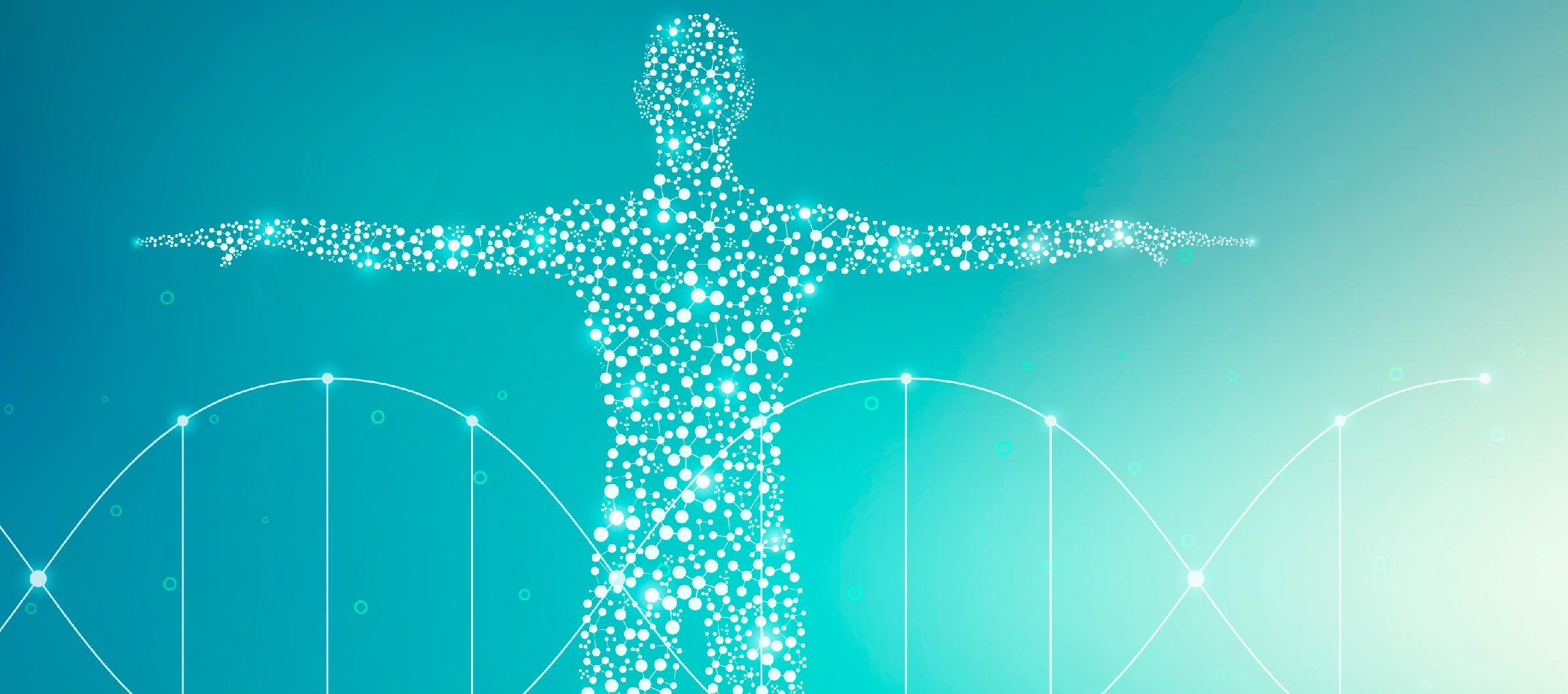
Medical cannabis has gained a lot of recent attention and awareness for its medicinal properties. But it’s been around for thousands of years.
The Chinese Emperor Shen Nung used cannabis in 2700 BC. And he wasn’t the only one. Romans, Ancient Greeks, the Middle East, and North Africa all cultivated hemp for it’s medicinal and textile fiber uses. In the 1500s, it made its way to the Americas, though it was mostly used for clothing, rope, and paper.
The Endocannabinoid system (EDS) and CBD weren’t discovered until 1940. Most people only recognize the famous compounds of CBD and THC. However, there are potentially over 100 plant cannabinoids present in cannabis plants.
Do you want to learn more about the endocannabinoid system and cannabinoids like CBD? This article will tell you all about it!
What Is Cannabis?
Cannabis is a family of 3 different types of plants – cannabis Sativa, cannabis Indica, and cannabis Ruderalis.
Both hemp and what people refer to as “marijuana” are cannabis plants. All of these plants contain cannabinoids THC and CBD, amongst many others. Some plants have higher quantities of THC, the psychoactive cannabinoid that’s known to get people “high.” Some plants have extremely low concentrations of THC and higher concentrations of cannabinoids like CBD.
While CBD is known to alleviate pain and symptoms from wide ranging ailments, it does not have the same psychoactive properties as THC.
What Is the Endocannabinoid System?
While cannabis has been used in medicines and textiles for thousands of years, there is still so much more to learn.
It was research on the effects of cannabis that led to the discovery of the endocannabinoid system in the human body.
The endocannabinoid system (ECS) plays a significant role in regulating many aspects of our bodies’ behaviors. It regulates responses such as mood, physiology, etc. It exists within all mammals, and also fish, birds, and reptiles.
There are natural endocannabinoid receptors in the human brain that respond pharmacologically to cannabis use.
Are you familiar with the neurotransmitters dopamine and serotonin? They are chemical messengers of our peripheral nervous systems. The same way that they are produced throughout our bodies, endocannabinoids are as well. Endocannabinoids are the messengers of the endocannabinoid system.
The 2 primary endocannabinoids in the body are Anandamide and 2-AG (Arachidonoylglycerol). These neurotransmitters are built from oils or fats. That lipid-based structure is the reason why cannabinoids like CBD and THC are fat-soluble.
That’s why most extracts and cannabis products either come in the form of or are made using certain fats, such as coconut oil or butter.
Anandamide comes from the Sanskrit word for “bliss.” This molecule is involved in things like memory, appetite, and pregnancy. It operates throughout the endocannabinoid system. Some people refer to it as causing a “runner’s high,” which can be experienced during or after rigorous exercise.
2-ArachidonoylGlycerol has been linked to protection from seizures, our emotional states, and maintaining cardiovascular health through its role in the ECS.
How Do Endocannabinoids Work with Receptors?
CB1 receptors are essential for a healthy brain. They are one of the primary receptors within the entire nervous system. They moderate things like motor function, memory, mood, and pain perception. What they moderate depends on what region of your brain they’re located.
THC binds to these receptors, making them responsible for the psychoactive properties of cannabis.
Think of the endocannabinoids as messengers and the cannabinoid receptors as the guards of the cells. Those guards wait for the messengers. Receptors remain on cell surfaces for certain neurotransmitters to bind to them.
Whether or not the downstream effect of binding has to do with sensation, mood, or immunity, all depends on the type of cell a particular receptor sits on.
Receptors exist through our entire bodies. They guard a myriad of cells and their responses. Different cell types have different receptors. Those receptors are sensitive to the many different types of endocannabinoids.
CB1 and CB2 are the 2 main receptor types in the ECS.
CB2 receptors are typically found on our immune system’s cells. They moderate inflammation and also, our immune response to pathogens. Your CB2 receptors are the ones making the most of CBD.
The Benefits of Cannabinoids like CBD
There may be many benefits of using products with cannabinoids because of the way they interact with the endocannabinoid system.
It May Relieve Pain
Research scientists and patients everywhere have discovered that components of the cannabis plant, like CBD, have pain-relieving abilities. By interacting with neurotransmitters, CBD can reduce inflammation and impact pain receptors. It’s been known to help patients with both chronic pain and sudden pain, like from a sports injury. It may also help patients with Multiple Sclerosis manage their pain, depending on their symptoms.
It May Alleviate Cancer-Related Symptoms
One of the worst symptoms patients experience concerning cancer treatments are things like nausea, vomiting, and pain. CBD may help with nausea and vomiting caused by chemotherapy. There are pharmaceutical drugs to help with these issues, but they aren’t always effective.
Medical professionals and scientists are also trying to determine whether or not CBD can induce cell death in breast cancer cells.
CBD May Reduce Depression and Anxiety
Mental health disorders like depression and anxiety are often overlooked or ignored, but they have detrimental impacts on the well-being of sufferers and their family members. While there are a plethora of drugs for these issues, they often cause side effects like agitation, insomnia, headaches, and drowsiness. Plus, many of those medications can lead to substance abuse due to their addictive nature. CBD can help alleviate both depression and anxiety, and there is no evidence of dependency, thus far.
CBD has also been known to treat insomnia as increased endocannabinoid signaling within the central nervous system promotes sleep-inducing effects. CBD also acts on the brain’s receptors for serotonin, which helps regulates social behavior and mood.
CBD May Reduce Acne
Cannabinoids like CBD have anti-inflammatory properties and thus have the potential to reduce sebum production, thereby alleviating acne. It’s also a safe way to treat skin conditions like acne, unlike alternative drugs.
Many More Potential Benefits
CBD is one of the most potent cannabinoids found in the cannabis plant, which is why it boasts some of the greatest benefits. It may help alleviate things like pain, anxiety, and insomnia, amongst other things.
While CBD claims most of the focus right now, scientists and doctors are only beginning to scratch the surface when it comes to uncovering the many elements of cannabis plants.
In addition to the abilities we mentioned above, CBD may be used to help people with many different ailments and conditions, such as: Schizophrenia and other mental disorders, substance abuse treatment, diabetes prevention, anti-tumor effects, heart health, and neuroprotective properties.
If you’re looking at investing in some CBD oil to benefit your endocannabinoid system, keep in mind there are a few different types on the market so purchasing can get confusing.
Types of Oil Infused with Cannabinoids
Full-spectrum CBD oil is arguably the most productive oil on the market. Full-spectrum oils contain a full range of cannabinoids, including THC. While there won’t be enough THC to get you high, many professionals believe that your body will benefit the most from all the cannabinoids working together.
CBD isolate contains nothing but pure CBD. There are no other cannabinoids present, including THC. For someone who wants to benefit only from the cannabinoid CBD, isolates are a perfect choice.
Broad-spectrum CBD contains CBD, plus a full range of cannabinoids, except THC. Broad-spectrum products are THC-Free.
Look for manufacturers and brands who are open and honest about the hemp they use, and their extraction methods. Make sure that whoever you buy from uses organic hemp that is also 3rd-party laboratory tested.
The EDS and CBD Working Together
The endocannabinoid system and CBD go hand-in-hand. In a way, it seems like the two were made for each other in analyzing how CBD interacts with receptors and helps to regulate the many physical and mental aspects of our brains and bodies.
Even though cannabis has been used medicinally for thousands of years, doctors and scientists are only now unveiling the fascinating details of the endocannabinoid system. They continue to learn how cannabinoids like CBD and THC work with it to improve mental and bodily function.
Are you curious as to how CBD can help you or want to know more about us and the product? Discover more about our product line or contact us here!




2 Comments
John H.
October 12, 2020I specifically like CBD Isolate gummies because they do not contain any THC so I have peace of mind in the case that I have to take a drug test for work, because I am I law enforcement.
hempcbd
October 17, 2020I will be following.